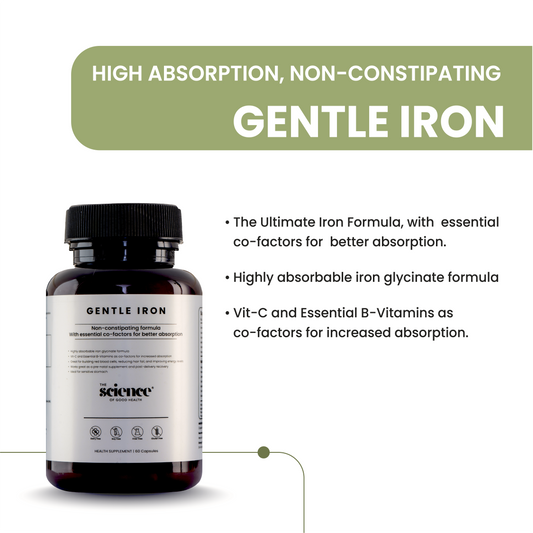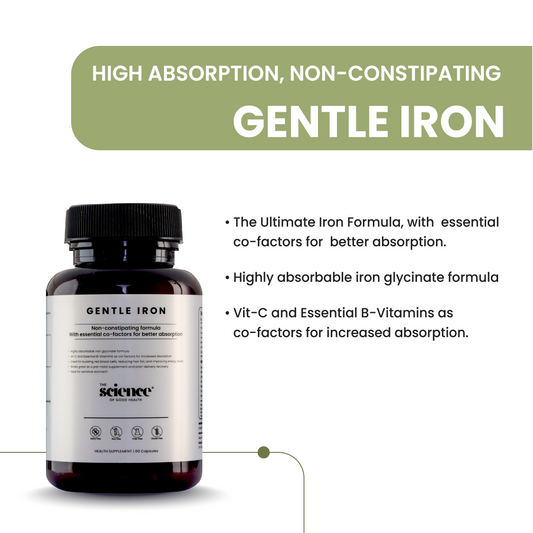When it comes to building strength, enhancing performance, and supporting overall health, creatine remains one of the most researched and trusted supplements in the fitness world. However, the debate between micronized creatine vs creatine monohydrate often leaves both beginners and seasoned athletes confused about which form to choose.
Both forms of creatine provide proven benefits, including increased muscle strength, improved endurance, and faster recovery, but the choice can impact your experience in terms of mixability, absorption, and cost. In this article, we will provide a detailed, science-backed comparison of micronized creatine vs creatine monohydrate, helping you make the most informed decision for your fitness goals and lifestyle.
What is Creatine and Why Does It Matter?
Creatine is a naturally occurring compound found in muscles, and it plays a crucial role in energy production. It is responsible for regenerating ATP (adenosine triphosphate), the primary energy source for muscle contractions. Without adequate creatine, high-intensity exercise, such as sprinting or heavy lifting, can quickly lead to fatigue.
The benefits of creatine supplementation are not limited to just physical performance. Research shows that creatine can help with:
-
Muscle strength and power: Enhances one-rep max and overall lifting performance.
-
Improved endurance: Supports high-intensity training by delaying muscle fatigue.
-
Faster recovery: Reduces soreness and promotes quicker muscle repair.
-
Cognitive support: May improve memory, focus, and mental performance.
The existence of multiple forms of creatine has created confusion among users, leading to the question of micronized creatine vs creatine monohydrate. Understanding the differences can help you select the best supplement for your needs.
Creatine Monohydrate: The Gold Standard
Creatine monohydrate has earned the title of the gold standard for good reason. It is the most studied form of creatine, with decades of clinical evidence supporting its effectiveness and safety. Creatine monohydrate is composed of a single creatine molecule attached to water, and it has consistently shown to increase strength, muscle mass, and performance.
Key benefits of creatine monohydrate include:
-
Muscle strength and power: Proven to enhance performance in resistance training.
-
Faster recovery: Reduces muscle soreness and supports quicker muscle repair.
-
Cognitive support: Studies suggest it may improve memory and mental focus.
-
Affordable and accessible: Widely available in powders, capsules, and unflavored forms.
One standout product is The Science of Good Health Creatine Monohydrate, which offers 3g of pure, unflavored creatine per serving. It is easy to mix, research-backed, and designed to provide consistent results for strength, endurance, and cognitive health.
In the debate of micronized creatine vs creatine monohydrate, monohydrate remains the most reliable option for most athletes and fitness enthusiasts.
Micronized Creatine: What Makes It Different?
Micronized creatine is simply creatine monohydrate with smaller particle sizes. The micronization process is designed to improve solubility in water, juice, or protein shakes. Many users choose micronized creatine because of its smoother texture and slightly faster mixing properties.
Features of micronized creatine include:
-
Improved mixability: Dissolves more easily in liquids with fewer clumps.
-
Potential for faster absorption: Some believe smaller particles may be absorbed more efficiently.
-
Higher cost: The additional processing required makes micronized creatine more expensive than standard monohydrate.
While micronized creatine can offer better convenience and smoother mixing, long-term studies are limited. In terms of performance and muscle growth, there is no conclusive evidence that micronized creatine outperforms standard creatine monohydrate. This brings the discussion back to the question of micronized creatine vs creatine monohydrate and which one provides the best value and results.
Micronized Creatine vs Creatine Monohydrate: Detailed Comparison
When deciding between micronized creatine vs creatine monohydrate, several factors should be considered.
Effectiveness
-
Creatine monohydrate is the most studied and proven form, consistently improving strength, endurance, and muscle mass.
-
Micronized creatine provides similar benefits, but there is less long-term research supporting its superiority.
Solubility and Mixability
-
Micronized creatine mixes slightly better in water or shakes, making it more convenient for some users.
-
Creatine monohydrate still mixes adequately, especially when stirred or shaken.
Dosage and Usage
-
Standard dosage for both forms is 3–5g per day.
-
There is no unique dosage recommendation for micronized creatine.
Cost and Accessibility
-
Creatine monohydrate is more affordable and widely available.
-
Micronized creatine typically costs more due to processing.
Safety and Side Effects
-
Both forms are safe for most healthy adults.
-
Minor digestive discomfort may occur in some individuals, but this is uncommon when taken correctly.
Overall, while micronized creatine offers slightly better mixability, creatine monohydrate remains the gold standard for effectiveness, affordability, and long-term research support.
Which One Should You Choose?
For most users, creatine monohydrate is the best choice. It is well-researched, cost-effective, and highly effective for strength, endurance, recovery, and cognitive health.
Micronized creatine may appeal to those who prefer smoother shakes or slightly faster mixing, but in terms of actual performance, it does not outperform standard monohydrate.
When deciding between micronized creatine vs creatine monohydrate, remember:
-
Beginners and most athletes: Creatine monohydrate is ideal.
-
Those prioritizing mixability: Micronized creatine is a convenient alternative.
- Bottom line: Both work, but monohydrate is the trusted and scientifically proven option for consistent results.
Conclusion
After comparing micronized creatine vs creatine monohydrate, it is clear that:
-
Both forms enhance strength, endurance, recovery, and cognitive performance.
-
Creatine Monohydrate is the most researched, cost-effective, and scientifically proven option.
-
Micronized creatine offers smoother mixing but does not provide significant performance advantages.
For most athletes and fitness enthusiasts, creatine monohydrate remains the trusted, reliable choice for optimal results.
Shop The Science of Good Health’s Creatine Monohydrate
“Ready to unlock your full potential? The Science of Good Health Creatine Monohydrate delivers 3g of pure, potent, unflavored creatine per serving. Scientifically proven to enhance strength, endurance, recovery, and even cognitive health, all in one simple scoop. Trusted by athletes, fitness enthusiasts, and wellness seekers alike.
Order Now from The Science of Good Health and experience the difference.”
Read Our latest Blogs:
Creatine for Hair | Creatine Side Effects Hair Loss | Whey Protein vs Creatine | Which Creatine is Best for Muscle Gain | Can I Take Creatine Without Workout | Creatine HCL vs Monohydrate | Enhanced Creatine | How Much Water to Drink with Creatine | Is Creatine Safe for Teens | Top 5 Best Creatine in India
Frequently Asked Questions
Q1. Is micronized creatine better absorbed than creatine monohydrate?
Ans: Not significantly. Both forms are absorbed effectively, and any differences in absorption are minimal. Mixability may improve user experience, but it does not impact overall performance.
Q2. How long does it take to see results from creatine?
Ans: Most users notice improvements in strength, endurance, and recovery within 2–4 weeks of daily supplementation (3–5g/day).
Q3. Can women take creatine?
Ans: Yes. Creatine benefits both men and women, improving strength, endurance, and even cognitive function.
Q4. Does creatine help with brain function?
Ans: Emerging studies suggest creatine supplementation may enhance memory, focus, and mental performance, especially during cognitively demanding tasks.
Q5. Should I do a loading phase with creatine?
Ans: A loading phase (20g/day for 5–7 days) is optional. Most users can achieve the same benefits with a consistent daily dose of 3–5g.
Q6. Are there side effects of taking creatine?
Ans: Creatine is safe for most healthy adults. Minor digestive discomfort or bloating can occur but is uncommon when taken with adequate water.
Q7. Can micronized creatine replace standard creatine monohydrate?
Ans: Yes, but there is no significant advantage in terms of strength, endurance, or recovery. Monohydrate remains more affordable and extensively studied.
Q8. How should creatine be taken for best results?
Ans: Mix 3–5g of creatine daily with water, juice, or a protein shake. Consistency is more important than timing, though many prefer taking it around workouts.






